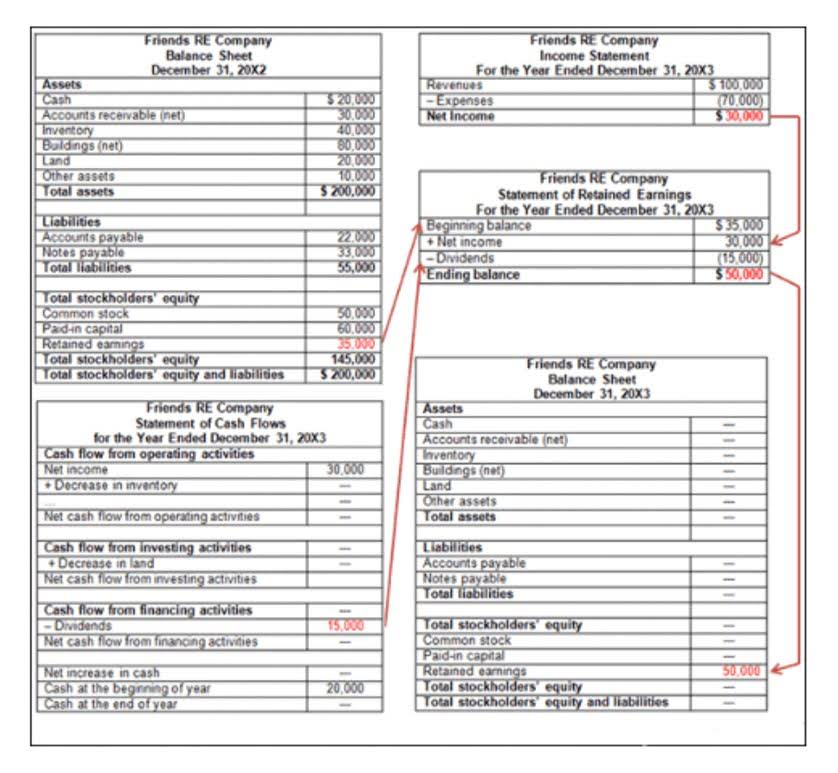
Utilizing accounting tools like these will ensure a better workflow, helping you grow your company. FreshBooks offers a wide variety of accounting tools, like accounting software, that make it easier to stay organized. A chart of accounts (COA) is a structured list of an organization’s financial accounts used to categorize and record financial transactions. It serves as the backbone of an accounting system, providing a framework for organizing financial data in a logical manner. The COA is tailored to an organization’s needs and can vary widely in complexity. Charts of accounts and bookkeeping are essential for consulting businesses as they aid in financial planning and budgeting.
Real Estate Financial Model

This is true whether the firm hires advisors as salaried employees or is owned by a solo advisor who compensates themselves from the firm’s profits. Since financial reporting and the chart of accounts are so inextricably linked, it is also important to consider the financial reporting capability of the software when revamping or setting up the chart of accounts. For https://www.bookstime.com/ example, if the software does not allow you to rearrange the order of the accounts on the financial statements, it becomes very critical how your order your chart of accounts. This point is not meant to be a discourse on project costing, but to create awareness that the chart of accounts must thoughtfully accommodate the organization’s approach to indirect costs.
- If you don’t see the account type you want, then select the Other Account Types option and then choose from the drop-down menu shown below.
- In addition, this will help you in financial planning by comparing existing data with the previous financial records.
- For example, for operating accounts (US GAAP), identify a materiality threshold to reduce the number of accounts to be created.
- It is quite common for financial reports to fall short of executives’ expectations.
- We believe everyone should be able to make financial decisions with confidence.
- It’s important to note that holding more assets on your balance sheet doesn’t always translate to business growth.
Give Some Love to COA
- This helps them mimic speech patterns while dispatching an encyclopedic knowledge.
- For example, if there are ten checking account transactions in May, those are added or subtracted from the May 1 opening balance in the general ledger to arrive at the May 31 balance (e.g., $125,453 in the table below).
- However, the $200,000 difference between the two firms’ profits is solely due to the fact that Blackbird pays a salary to an advisor.
- Companies tend to expand their CoA over time by defining accounts that represent product, region, location, and other managerial dimensions, resulting in an unwieldy CoA structure.
Firm owners can then add or delete any rows to customize the list as needed. For example, if the firm has a fee-only business model and does not accept compensation from commissions, the Security Commissions and Insurance Commissions accounts would not be necessary. Unlike the five main Balance Sheet and Income Statement categories, which are universal across all businesses, there is no standard list of accounts that falls under each main category. Each business has its own unique types of revenue and expenses and its own priorities for reporting and analyzing its financial data.
Organize account names into one of the four account category types
Hardware-Printers could be further broken out in Hardware-Printers-HP and Hardware-Printers-Canon. At that point, further detail may be more harm than help and lead to inaccurate accounting. It is generally better to have less detail and keep it accurate than to have inordinate amounts of detail that tend to be inaccurate. For example, under GAAP, a fixed cost like equipment depreciation would be a direct cost for a manufacturer. However, in a managerial-focused environment, fixed costs are often kept out of gross margin, to keep it from being distorted by swings in sales.
📚✍️ Significance of Bookkeeping for Financial Reporting 📊💼
When you log into your bank, typically you’ll get a dashboard that lists the different accounts you have—checking, savings, a credit card—and the balances in each. He frequently speaks at continuing education events.Charles consults with other CPA firms, assisting them with auditing and accounting issues. In addition to assisting with financial statement creation, there are other advantages to using a chart of accounts. Now, the trial balance (the summary of all account balances) checking account balance reflects $125,453 at the end of May which is included in the financial statements. Next, I’ll show you how the chart of accounts is a part of the financial statement building process.

Please contact your Firm’s Group Admin

So, when setting up your accounting system, you create the COA in this order. In accounting and bookkeeping, we use the term accounts for categories under which you typically record your business’s financial activities. Once you have your marketing, sales and overhead expenses captured in your chart of accounts, you’ll see QuickBooks calls them “Total Expenses”. Your bookkeeping needs require you to cater to all of the sales costs, supplier discounts, and other costs related to shipping. You will have to account for sales revenue, which is the main income source for your business.
How AI tools like ChatGPT are changing the workforce:
The company decided to include a column to indicate whether a debit or credit will increase the amount in the account. This sample chart of accounts also includes a column containing a description of each account in order to assist in the selection of the most appropriate account. Therefore, always consult with accounting and tax professionals for assistance with your specific circumstances. The chart of accounts lists the accounts that are available for recording transactions. In keeping with the double-entry system of accounting, a minimum of two accounts is needed for every transaction—at least one account is debited and at least one account is credited. Following these guidelines will ensure that your chart of accounts is ready for interpretation and is in correlation with both your balance sheet and income statement.
As organizations look to leverage technology breakthroughs and position themselves to be data-driven, many are embarking on digital transformation programs with a focus on increasing ERP enablement. Current liabilities are classified as any outstanding payments that are due within the year, while non-current or long-term liabilities are payments due more than a year from the date of the report. On February 22, the PPP changed so the self-employed can apply using gross income. Let’s say that in the middle of the year Doris realizes her orthodontics business is spending a lot more money on plaster, because her new hire keeps getting the water to powder ratio wrong when mixing it.
Technology Services
Unfortunately, using a pre-fabricated chart of accounts is like trying to build a dream house on a one-size-fits-all concrete foundation. The house would bookkeeping for consultants end up very different from the dream, and not be very functional. My technology client had one big “room” for all Sales, with no bins and shelves.
- Your general ledger is the central repository of all your company’s financial information, down to the smallest expense.
- The implied price of GDP rose by 0.6% in Quarter , where the increase is primarily driven by higher prices in household consumption and gross capital formation.
- Your accounting software should come with a standard COA, but it’s up to you and your bookkeeper or accountant to keep it organized.
- As I close, let me encourage you to give your chart of account decisions plenty of thought.
- We use a six-digit numbering system, which allows us to create more unique accounts in each category, to capture more information.
- But you need to understand this part of bookkeeping and accounting whether you use a manual system or an online one such as QuickBooks.







